
Facts & Folklore About the Fall Equinox

Fall Flowers and Foliage
Fall Vegetable Gardening
Fall Garden Cleanup
Garden Soil Preparation
Fall Nature
ADVERTISEMENT
The Fall Equinox is symbolic time for me because I was born at peak cold (freezing in my local seasonal rates) time of the Winter. Meaning that my body temperature was set at -36 to -40C as normal level. So, point being, it is of course not like a machine, and it can adapt to hotter temperatures but, it's very comfortable in freezing, freezing cold temperatures. Not only the temperature, as mentioned quite a few times in this article, the sunlight plays a big role, as does for me. (it's all me me me, I know but, you know) Naturally, the shadow half of the year is contrary to common conditions, actually is easier on my eyes because the sunlight becomes dimmer and I can see clearly, literally as well as figuratively. Therefore the fall equinox is sort of the alarm clock setting the good half of the year is coming and the boiling heat and the blinding light has finally gone south. Not to be too cynical, just love letters from the pit.
I always pay attention to the equinoxes for each season, I like that kind of stuff, but the Autumnal Equinox is the only one that makes me feel different. Around this time of year one day when I first go outside I can sense when fall has arrived and it's been that way for me ever since I was a little boy. I'm not able to define exactly what it is because it's several things that I can feel. I can say it makes me feel like I'm definitely a part of the cosmos I somehow feel very good, it draws me closer to the people I care about. My brother and I would take three weeks beginning in October to take annual cross country road trips. All that said, fall is my favorite time of year.
Love this Fall time of year!!! It gives you a feeling no other season can give. I loved reading all this information on the equinox and the moons!!! Love folklore and all the Native American names for our moons. Thank you for the Almanac. I read it every morning!!!
The fall is magical, its when our busy world goes to sleep, only to wake in Spring
I have keep my Clock on the (Original) Standard time even while others around me are using Day Light Saving Time. I will never set my clock to Day Light Saving Time no mater what the politicians do. Changing the name of Day Light Saving Time to Standard Time will not make it Standard Time. Politicians have no right to be changing the definition of things.
On November 18, 1883, local times across the nation—determined by the position of the sun overhead—were consolidated into standardized time zones. Each zone had a uniform time within its boundaries. The railroads implemented the change for their own benefit. But gradually, despite scattered resistance, standard time became the way everyone kept time.
On the internet some one is giving false statistics about how many people want Day Light Saving Time instead of Standard Time. I know I hate Day Light Saving Time because it is based on nothing and makes it is harder to understand the natural world and the cycles of dark and light. Every one says they are all for saving the environment but do not want to understand anything about the natural world. They just want political solutions that may not work. Schedules can easily be changed by people but the position of the sun can not. Even though the sun is not exactly overhead at 12:00 clock noon everywhere in a time zone it is a lot close closer in Standard Time than it is in Day Light Saving Time. Standard Time is Standard Time for a reason.
Going to Day Light Saving Time all the time makes no sense because if we used Standard Time after a while people would adjust there schedules to what worked best for them in Standard Time. I guess if the government wants to micromanage our live and force us to do thing when they want us to them they will try to do this by changing our clocks. Standard time is less confusing
HERE ARE SOME STATISTICS From https://www.almanac.com/states-object-changing-clocks-daylight-saving-time.:
In a poll of Americans in 2015:
• 23% wanted year-round standard time;
• 23% wanted year-round DST; and
• 48% wanted to switch between standard time and DST.
However, the results of the same poll in 2021 showed that:
• 40% of Americans want year-round standard time;
• 31% of Americans wanted year-round DST time; and
• 28% of Americans want to switch between standard time and DST.
40% of Americans want year-round standard time;
Only:
31% of Americans wanted year-round DST time:
If these statistics are right More Americans wanted Standard time than wanted Day Light saving time. The number of people wanting Standard Time rose from 23% to 40% in 6 years from the year 2015 to the year 2021. The number of people wanting Standard time may still be on the rise. If these statistics are right THE SENATE DEFINITELY DID NOT REPRESENT THE WILL OF THE PEOPLE.
I have read on the internet that most people want day Light Saving Time but this may not be true. I know no one ask me what I wanted and when I wrote my senators to tell them I did not want Day Light Saving Time but Standard Time all the time and explained all my reasons for this one of them wrote me and said:
"Specific to your concerns, on March 9, 2021, Senator Marco Rubio (R-FL) introduced the Sunshine Protection Act (S. 623), which would repeal DST and move standard time up by one hour to reflect permanent DST. I am a cosponsor of this measure"
He thought I would be happy with a name change. This is just a false front. It does no good to write your Senator. My Senator ignored every thing I wrote him.
We should get rid of the The Uniform Time Act of 1966 and get ride of the Sunshine Protection Act (S. 623) if it passes the house. Government agencies should use Standard time all the time.
If the politician succeed in changing the definition of Standard Time which the Sunshine Protection Act (S. 623) does there will be two definitions of Standard Time and this will create confusion. I know I will not use the political definition of Standard Time. I hope there is still enough freedom in this country that the politicians can not force us to use Day Light Saving Time but they will try. Will the come to our home to try and force us?

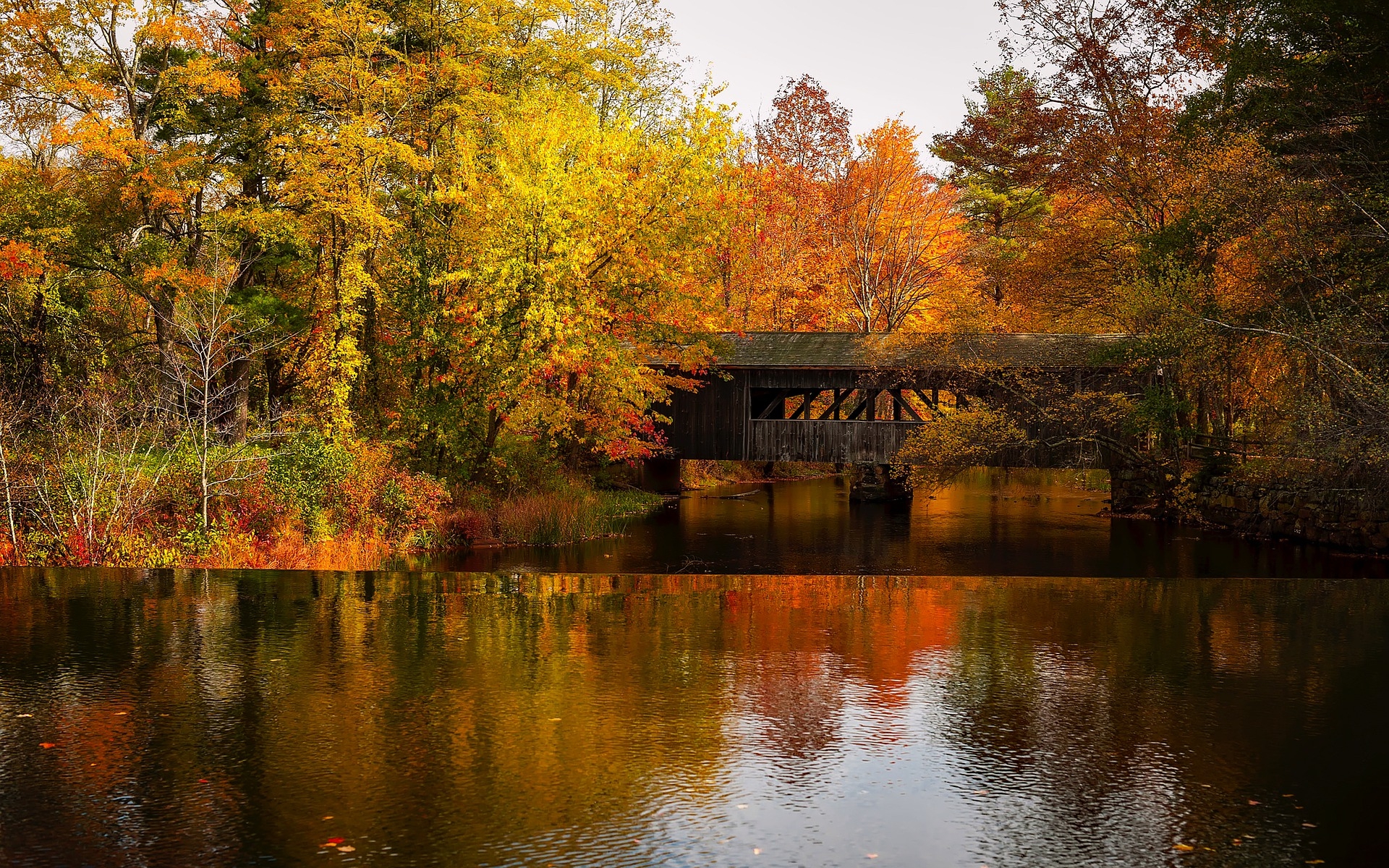
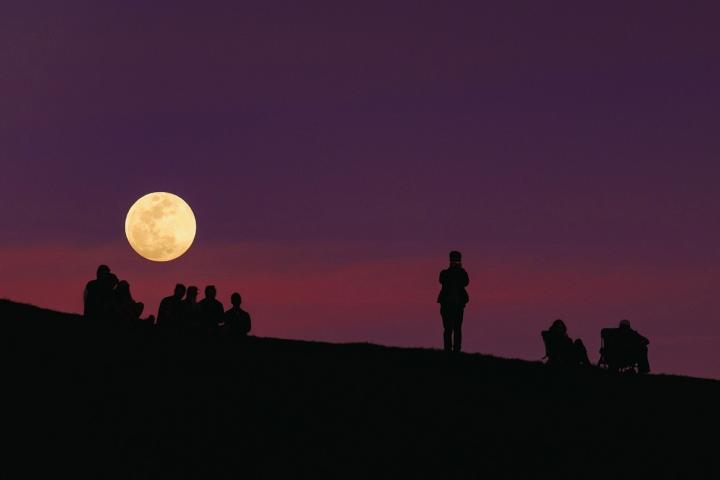
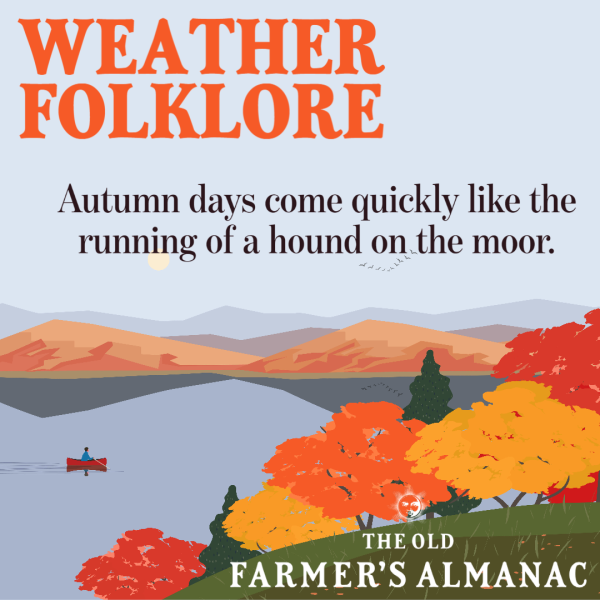
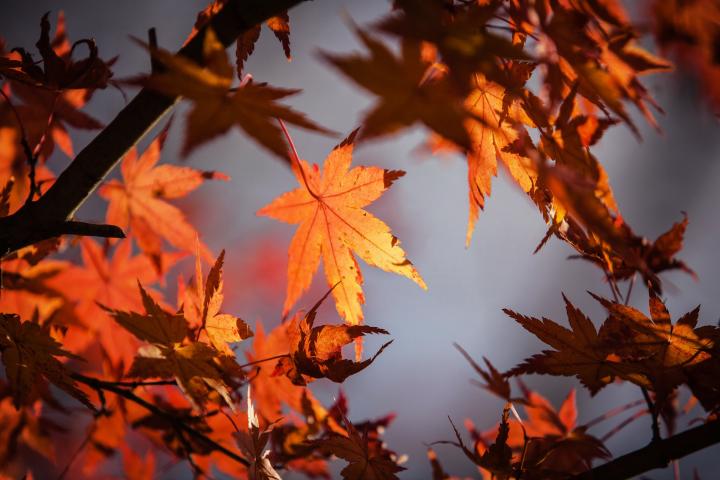
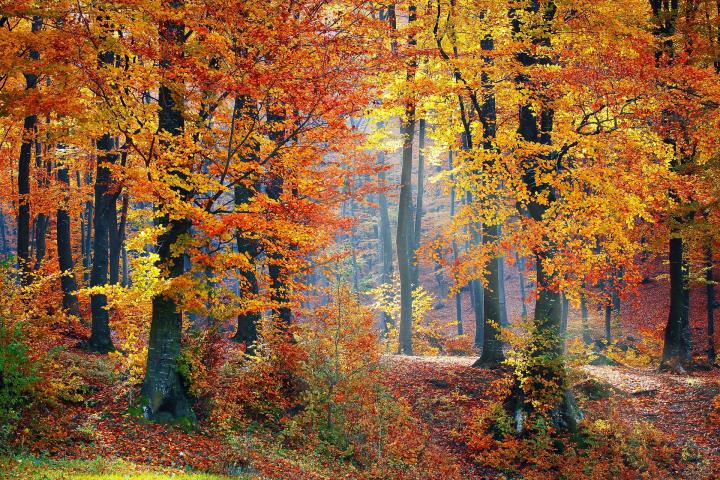








Comments